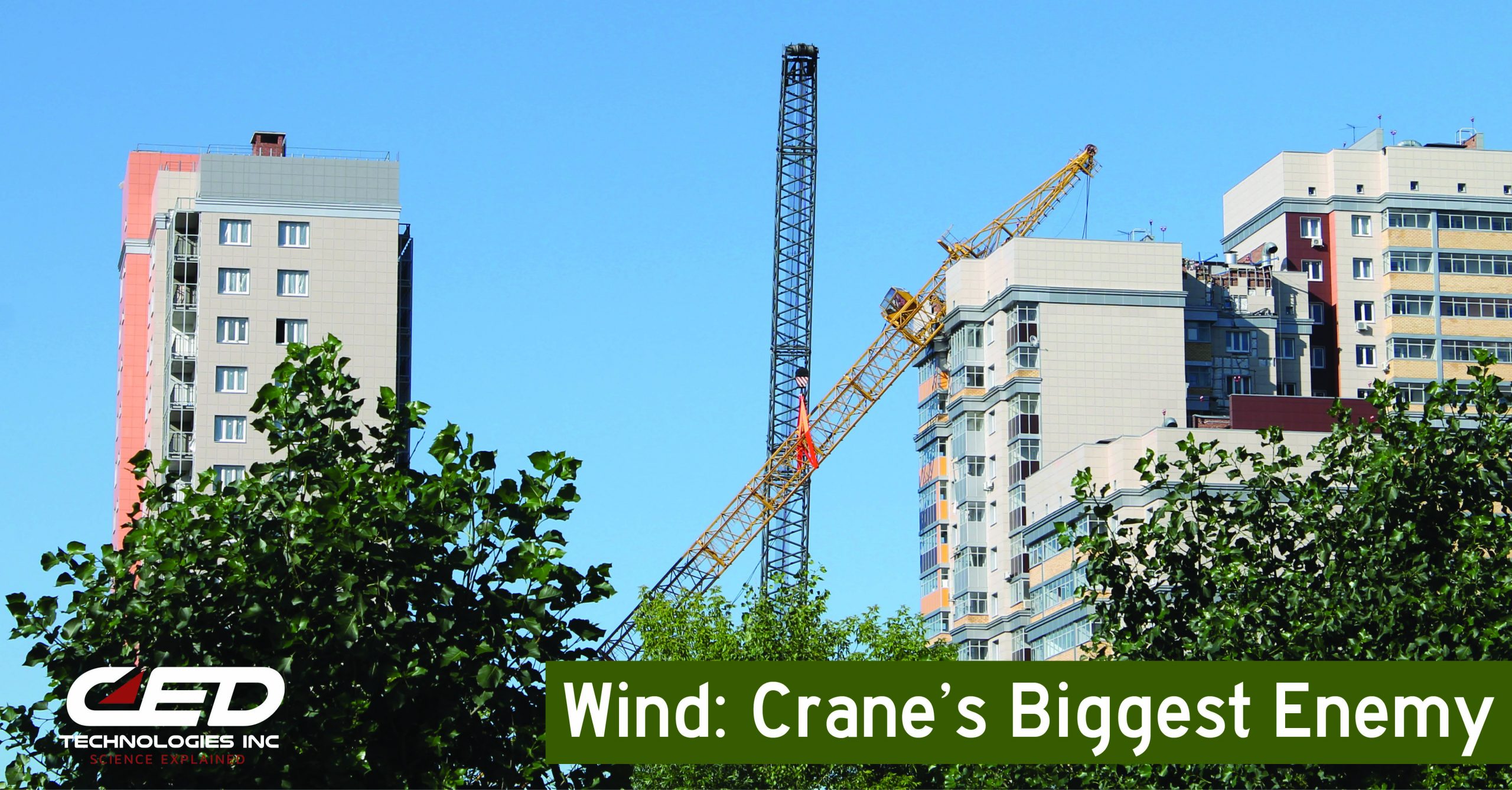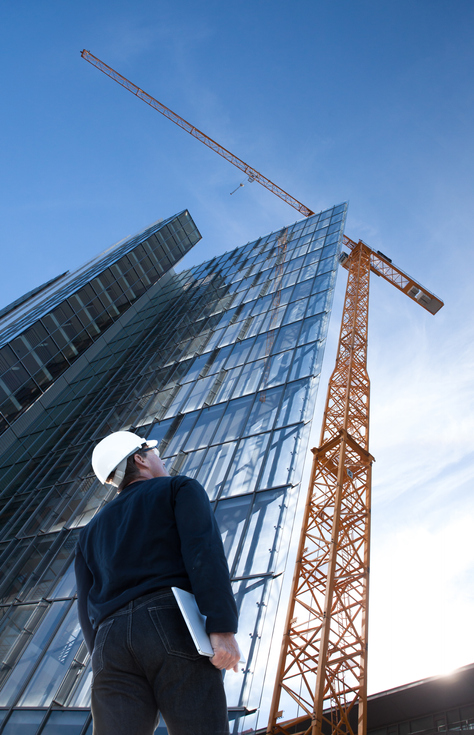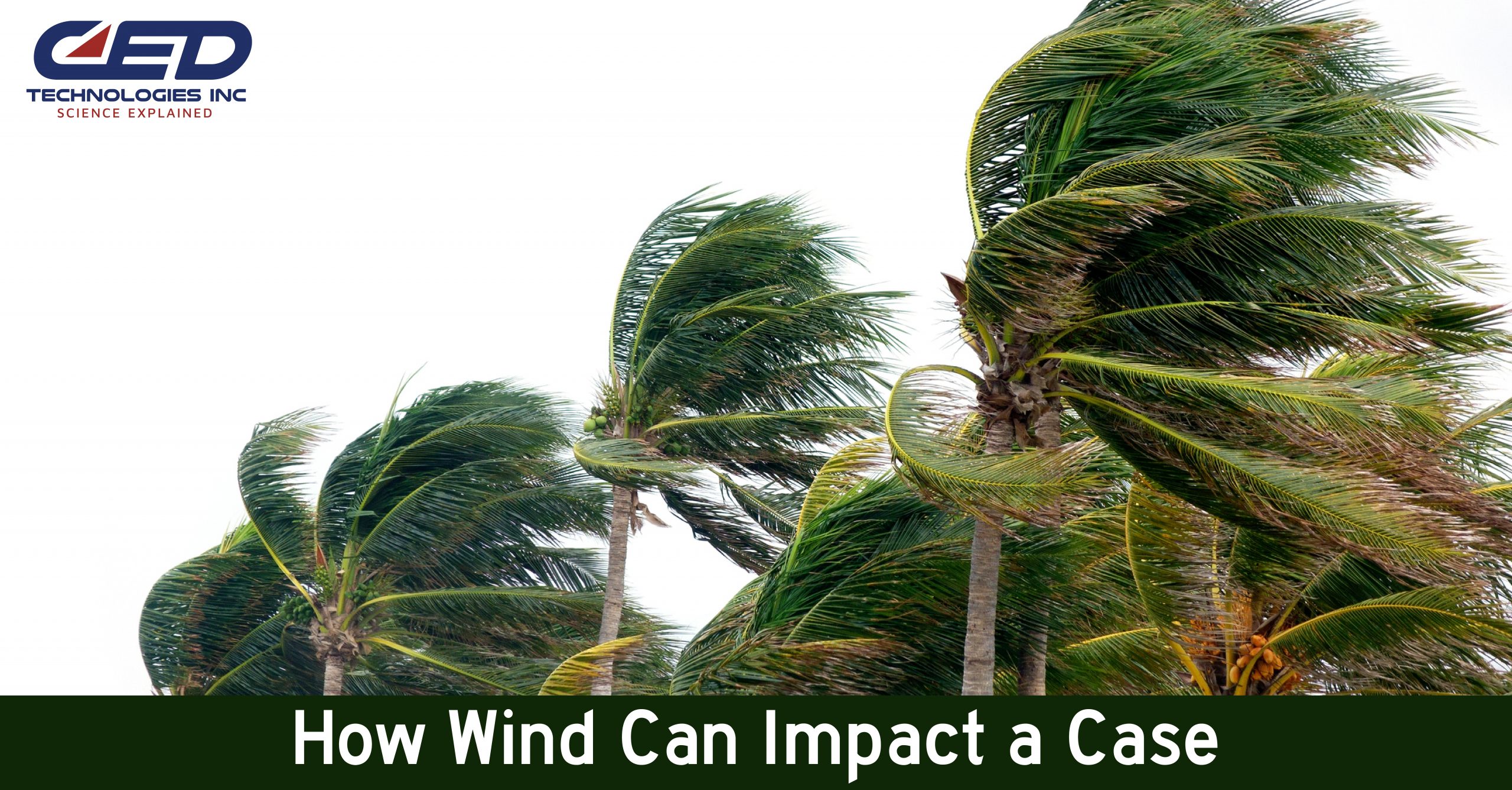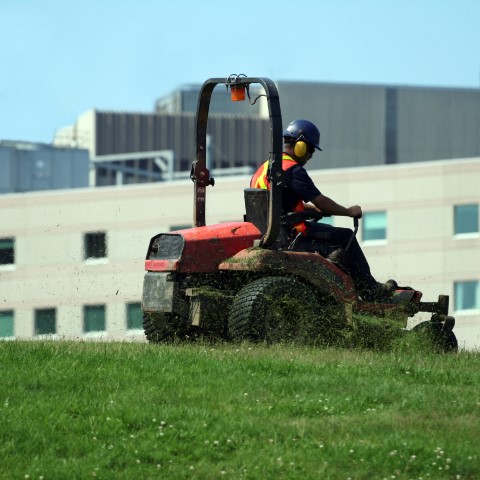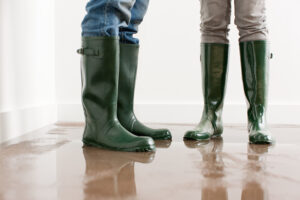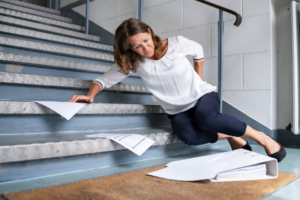The building of structures is a serious business on a construction site. When looking at the most common types of construction-related accidents, crane accidents are certainly near the top the list. No matter how much time is devoted to safety measures, wind-related crane accidents can happen.
‘Know the wind.’ It’s a simple but important statement for crane operators to know. The fact is that wind is the second most common cause for crane accidents worldwide. The American National Standards Institute (ANSI) reported that “between 2000 and 2010, there were 1,125 tower crane accidents reported worldwide, resulting in more than 780 deaths. One of the main culprits behind these tragedies was exposure to wind, which caused 23 percent of all accidents.”
As discussed in the American Society of Mechanical Engineers (ASME) standard for Construction Tower Cranes, operators “shall be required by the employer to pass a practical operating examination unless able to furnish satisfactory evidence of qualifications and experience.”
Operators should be aware of weather and wind conditions. ASME’s standard also states “cranes shall not be raised (climbed) to a new operating level when wind speed at the top of the crane exceeds 20 mph (9 m/s) or as recommended by the manufacturer or a qualified person. At high elevations, tower cranes are exposed to a vast amount of hazards that make them prone to accidents. In their provided manuals, most tower cranes indicate the speed in which they must cease operations to prevent unwanted hazards. The maximum value for this is generally 20 m/s (45 mph), but this amount can vary. When the wind kicks up, the crane operators need to either lower the crane’s boom down to the ground, or tie it down.”
One of the deadliest crane accidents in recent memory happened in the Saudi Arabian city of Mecca on September 11, 2015. 111 people were killed when a wind gust of 35 mph toppled a crawler crane onto a densely packed mosque. The German-based Liebherr Group, the manufacturer of the crawler crane, investigated the incident and determined that the boom of the crane was not sufficiently secured by the construction company so that the crane could sustain the high winds on the day of the incident.
CED has experience with investigating crane accidents. CED’s Michael Tracey, P.E., is an expert in reviewing and determining causes in a crane cases. In one case last year on the east coast, Mr. Tracey concluded that a 30-mph gust of wind, coupled with instability due to an inadequate counterweight, toppled a crane that resulted in significant damage to a building and its contents. Beyond vigilance, crane operators should always follow operating manuals and all OSHA guidelines to ensure safe crane operation.
Click Here To See Our Full List of Experts Click Here To Submit an Inquiry about a possible Claim or Case.
